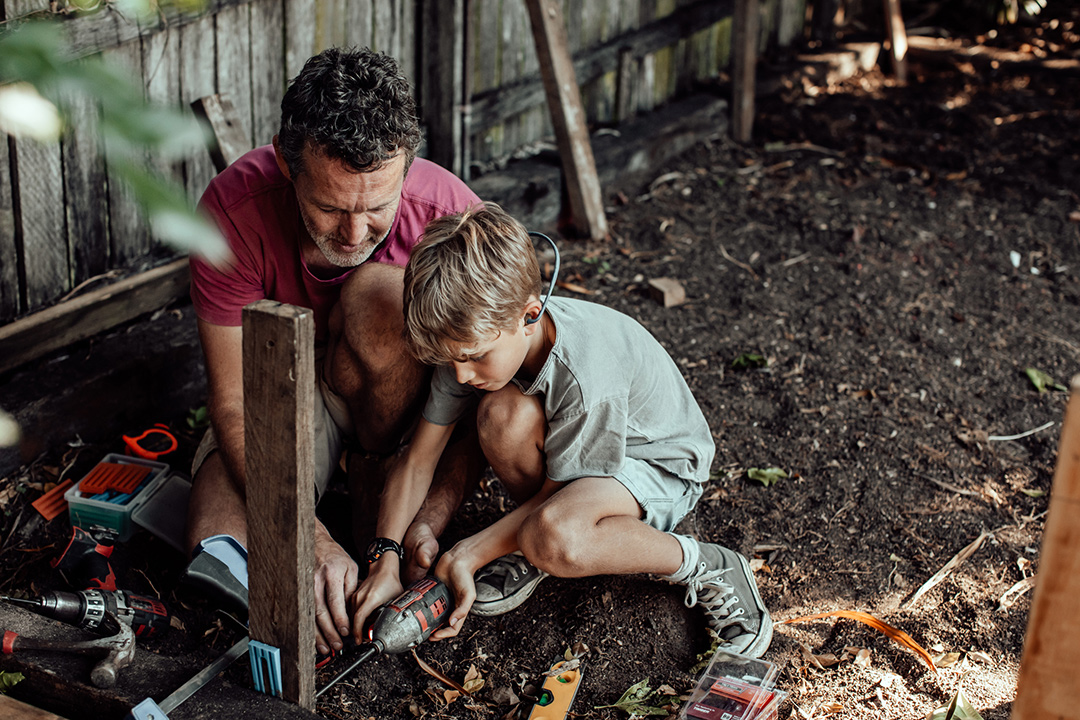Alternatives to a Mortgage in Australia | 10 Ways To Own Property

Looking to buy property without a standard home loan? Explore financially viable alternatives to getting a mortgage in Australia — including rentvesting, co-buying, vendor finance, and more.
Who Needs a Mortgage? 10 Ways to Own Property
I have romantic idea of Vanlife but it isn't for everyone and a powered campsite can cost up to $150 per night in peak season. So what do you do if you want to get on the property ladder without a mortgage?
My top tips are: (1) be a trust fund baby (2) rent until the day you die.
Jokes aside here are 10 financially viable options to get on the property ladder with a smaller loan or no mortgage at all.

Alternative pathways to property, made easy
I hope this summary helps clarify the options and resources available for alternative pathways to property ownership. If you have any questions or need further guidance about any of these alternative processes, feel free to reach out.
Contact Adam1. Rentvesting
In Australia many people consider renting as financially irresponsible because you are just "paying someones mortgage". But in other countries it's considered a viable financial strategy and it's slowly catching on in Australia where the average house price is currently around $976,800.
The concept is fairly straightforward. You rent in a place you want to live but otherwise could not afford with a mortgage and invest your savings. Over the long term your investments and superannuation provide you with a nest egg to cover your rent and lifestyle into retirement age.
Alternatively you rent where you want to live and buy in a more affordable area (regional or outer suburbs) and rent out the property.
The choice comes down to your personal goals and financial strategy.
- Why it works: You get on the property ladder while maintaining lifestyle flexibility. Suits investors who want to use their capital in other markets.
- Viability: You can often buy with a lower deposit and rely on rental income to help service the loan or if you are lucky enough to have significant savings buy a cheaper property outright.
- Challenges: Competitive rental conditions ($$$) in areas you want to live.
- Risk: If your investments do not appreciate at the same rate as the housing market you may face additional challenges affording rent your retirement.
2. Government Assistance Options
Use every scheme available to reduce the deposit or entry cost:
- First Home Guarantee (buy with 5% deposit and no LMI)
- Regional Home Guarantee (buy with 5% deposit and no LMI)
- Family Home Guarantee (for single parents with 2% deposit and no LMI)
- NSW First Home Buyers Assistance Scheme (full stamp-duty exemption up to $800k; concessional rate $800k – $1m)
- Help to Buy Scheme (Federal Government contributes up to 40% equity). Coming late 2025.
- NSW First Home Owner Grant - $10,000 cash grant
- First Home Super Saver Scheme - Save up to $50k in super pre-tax, withdraw for deposit
- Why it works: Reduces the need for a full 20% deposit.
- Viability: Backed by government, widely accepted by major lenders.
3. Co-Buying with Friends or Family
Team up with someone else to buy together and share the loan, deposit, and running costs.
- Why it works: Halves the financial burden and can get you in sooner.
- Viability: Lenders accept this with legal co-ownership agreements.
- Risk tip: Get a co-ownership agreement drafted by a solicitor to cover exit strategies.
4. Joint Ventures (With an Investor)
Partner with someone who provides the capital while you contribute value through renovation or development.
- Why it works: You can “sweat” your equity in instead of saving a huge deposit.
- Viability: Common in property investment and small developments.
- Note: Requires a clear legal structure and exit strategy.
5. Buy Land First, Build Later
Purchase vacant land with a smaller upfront loan or savings, then build when you’re financially ready.
- Why it works: Spreads out the costs and lets you avoid large repayments early.
- Viability: Many lenders offer land-only loans and construction finance options.
- Watch out: Lenders usually require you to build within 1–5 years.
6. Rent-to-Own / Vendor Finance
Negotiate directly with a seller to pay off the home gradually while living in it.
- Why it works: Lower upfront cost and more flexible terms (no bank involved).
- Viability: Still legal in Australia but rare — needs watertight contracts.
- Tip: Use a solicitor to review the arrangement carefully.
7. Buy a Cheaper Type of Property
Go for units, studios, manufactured homes, or properties in regional towns.
- Why it works: Smaller loan needed, easier to qualify with lower income.
- Viability: Fully financeable via traditional lenders (check min size requirement).
- Bonus: Manufactured home estates (e.g., over-55s parks) often have homes under $300k with land lease fees.
8. Live-in Renovator Strategy
Buy a low-cost fixer-upper, improve it while living in it, and either:
- Rent it out for more
- Sell and upgrade
- Revalue and redraw equity
- Why it works: Adds value quickly with minimal cash.
- Viability: Can use First Home Buyer benefits to reduce entry costs.
- Tip: Focus on cosmetic upgrades with high return (paint, flooring, kitchen refresh).
9. Tiny House Living
Buy or build a tiny house on wheels and live mortgage-free (or close to it). You can often fund this with savings or a small personal loan.
- Fun factor: Minimalist lifestyle, freedom to travel, and a quirky Instagram aesthetic.
- Keep costs down with tiny house kits or use shed kit conversions
- Why it works: simple construction suits owner builders. Take advantage of land ownership while you save to build a larger home if required in the future.
10. Property Syndicate / Crowdfund Ownership
Own a slice of real estate without needing a full deposit or mortgage. Property investment options allow for the purchase of a share of a property.
- Low Entry Cost: Invest from as little as a few hundred to a few thousand dollars.
- Diversification: Spread your money across multiple properties (residential, commercial, etc.).
- Passive Income: Earn a share of the rental income and capital growth over time.
- No Loan Needed: No mortgage, credit checks, or massive upfront costs.
- Growth Potential: Get exposure to the property market without having to buy a whole home.
- Regulated Investment: Typically structured as a managed investment scheme (check ASIC licensing).
- Downside: You can't live in the property, and your funds may be locked in for a set period.
Alternatives to a Mortgage
There's a certain feeling of security that comes with knowing you own the roof over your head or at least part of it. However, a mortgage is not suited to everyone and as Mortgage Brokers it is our responsibility to ensure our recommendations meet your goals, your requirements and are not unsuitable for your financial situation. It's good to know there are viable alternatives to a home loan and there are many ways to own a property with a smaller mortgage if that is your goal.
Call 0422 096 001 Get in touch with Adam


